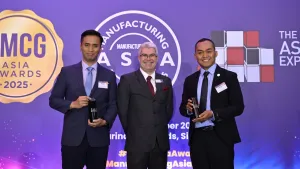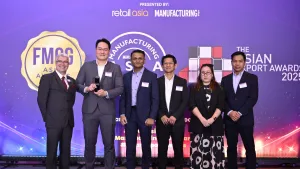ASEAN manufacturing grows amidst global supply chain shifts
Structural advantages propel ASEAN as a preferred manufacturing hub despite challenges.
With China still dominating the global manufacturing footprint, ASEAN countries are rapidly emerging as significant manufacturing hubs, driven by several structural factors and opportunities, according to Kaustav Sen, Managing Director of Alvarez & Marsal.
According to Sen, the global supply chain disruptions is at its peak in the aftermath of Covid, emphasising the growing importance of supply chain risk management and resilience over traditional metrics such as lowest cost delivery or just-in-time delivery.
Sen identified several factors that give ASEAN countries an edge. Firstly, their geographical proximity to China aids in the segmented and gradual movement of manufacturing work packages.
"Most of these large countries today are blessed with a youthful working population. One-third of the world's workforce is from these countries," Sen noted, adding that corporate tax rates in ASEAN countries range from 20% to 24%, making them highly attractive for new manufacturing investments.
Sen also highlighted the free trade agreements (FTAs) as a unique advantage. "For example, Vietnam, they have 18 free trade agreements with the United States (US), mainland Europe, mainland China, Japan, and South Korea. That's quite something of an advantage," he explained.
However, Sen pointed out that while ASEAN countries have a large workforce, productivity standards, especially for complex manufacturing, are not yet at the global level. "The good news, though, is the growth trajectory over the last few years. The productivity rates across Vietnam, Indonesia, etc., are growing very fast," he said.
Another challenge is the development of the manufacturing ecosystem, where Sen illustrated the manufacturing value-added in several countries having an import origin / being dependent on imports. In several ASEAN countries, upstream facilities such as high end cold rolled steel in Vietnam have not developed due minimal localization of downstream auto-components.
Sen also mentioned specific industries showing the most promise within ASEAN, including the semiconductor and electronics value chain, with Vietnam and Malaysia leading in these areas. The electric vehicle (EV) industry is also booming, with significant investments in EV manufacturing in Vietnam and Thailand. Lastly, the photovoltaic (PV) cell industry is growing as the U.S. imposes tariffs on Chinese imports, prompting more PV manufacturing to shift to ASEAN countries.















